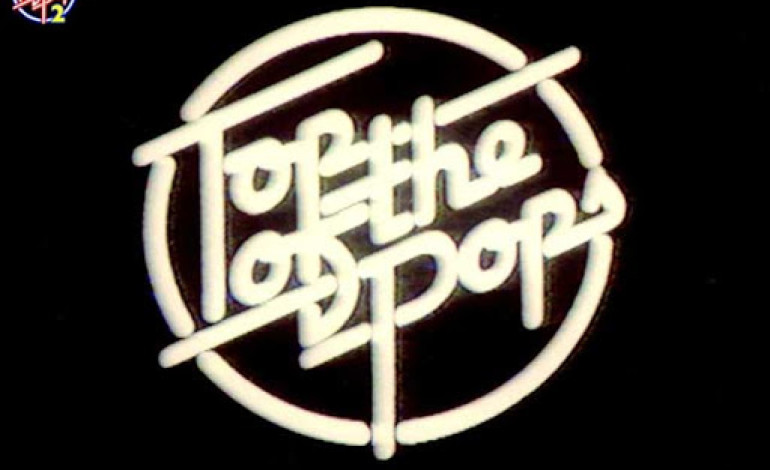
61 years ago today, the world’s longest-running music program, Top of the Pops (TOTP), premiered on the BBC. Created by Johnnie Steward, the weekly broadcast quickly became a cultural institution in Britain, shaping not only music tastes but also fashion, dance, and pop culture. Its influence remains deeply embedded in the modern music industry, from how artists are discovered to the way music is marketed and celebrated worldwide.
Debuting on January 1, 1964, from Manchester’s Dickenson Road Studios, the show featured performances by artists with songs in the UK Singles Chart, focusing on the week’s top hits. The premier episode showcased an iconic lineup, including Dusty Springfield, The Rolling Stones, The Dave Clark Five, and The Hollies.
Over the decades, TOTP became a launchpad for countless artists from David Bowie performing ‘Starman’ to the Spice Girls debuting ‘Wannabe’, helping them gain visibility and chart success. The show reflected the evolving musical landscape, featuring a mix of pop, rock, punk, hip-hop, and dance music.
While artists initially lip-synced their performances, live renditions became more common over time. The use of lip-syncing sparked debates about authenticity – a conversation that remains relevant in today’s music industry.
One of the most memorable protests against lip-syncing came from Nirvana during their performance of ‘Smells Like Teen Spirit’ in 1991. Kurt Cobain comically sang off-key, while the band exaggerated their playing, creating an unforgettable moment and a defining example of an artist pushing back against industry conventions.
On this day in 1991, Nirvana performed on Top of the Pops. pic.twitter.com/ExhbzpmKR5
— Yasser (@YasserHitman) November 27, 2024
The show also played a pivotal role in the rise of music videos. By incorporating them into episodes, it shaped fashion, dance, and pop culture trends across the UK. Queen’s groundbreaking ‘Bohemian Rhapsody’ video, for instance, became one of the most iconic visuals featured on the program. This emphasis on visual performance laid the groundwork for platforms like MTV, YouTube, and TikTok, where music videos and performances are integral to artist branding and promoting music.
Many artists used their appearances on TOTP to showcase new styes and cement their status as cultural icons. Elton John’s ‘Rocket Man’ performance dazzled audiences with his silver outfit and flamboyant persona, while Madonna’s provocative choreography and bold fashion during ‘Like a Virgin’ shocked some but captivated most. Such moments demonstrated the power of visual storytelling in music.
For over six decades, Top of the Pops was not just a music show but a cultural phenomenon that mirrored the evolution of music, fashion, and societal trends. From its first broadcast in 1964 to its final regular episode in 2006, the program provided a stage for artists to make their mark and introduced generations of viewers to groundbreaking performances, setting trends and challenging norms.
Though its regular run has ended, the legacy on Top of the Pops endures. Modern platforms continue to draw inspiration for its blend of music, visuals, and storytelling. Whether through the boundary-pushing performances or the way it redefined how music is consumed and celebrated, Top of The Pops remains a cornerstone of music history.
